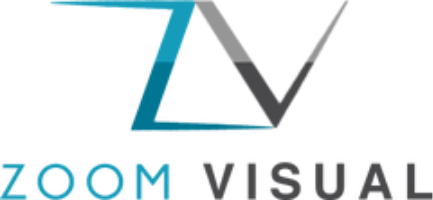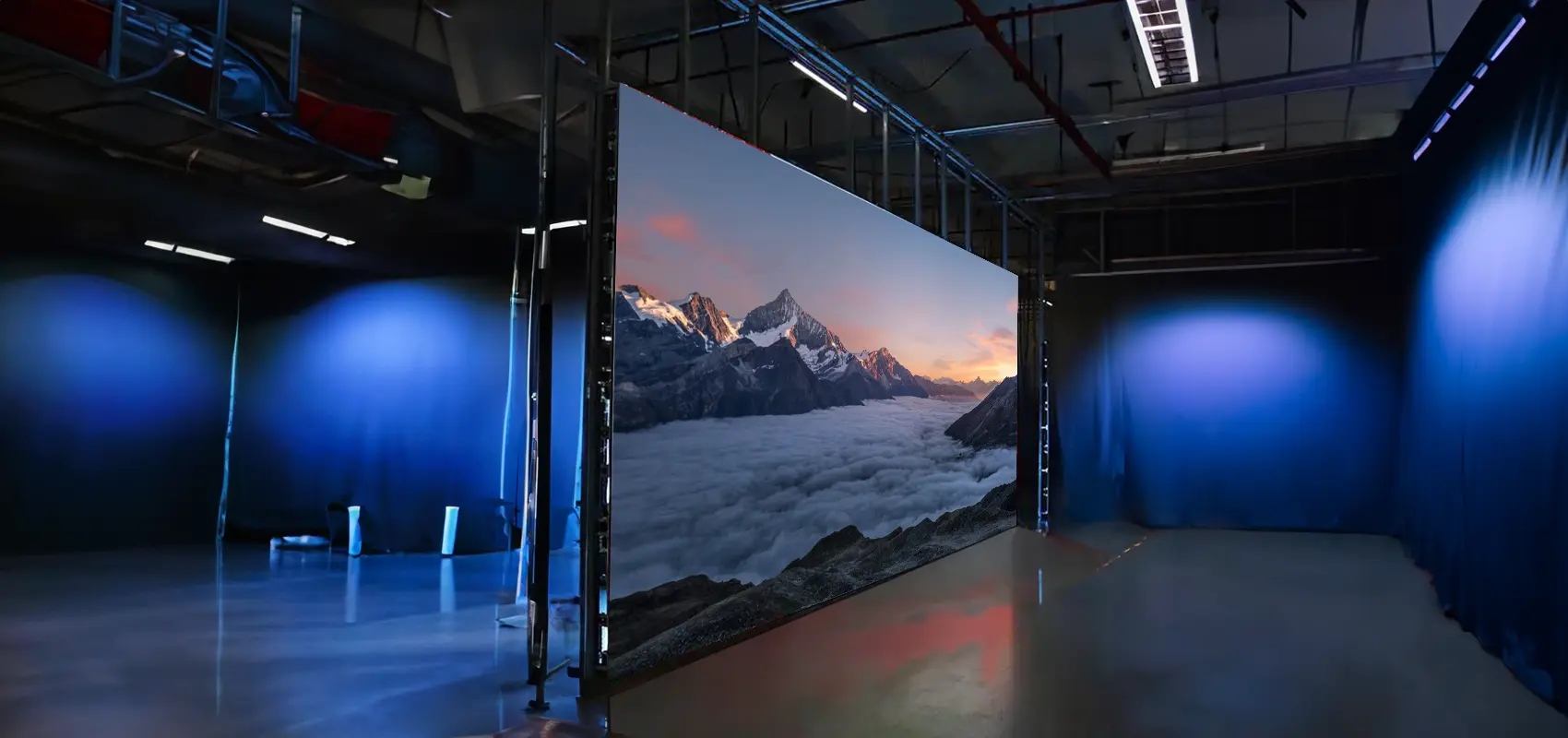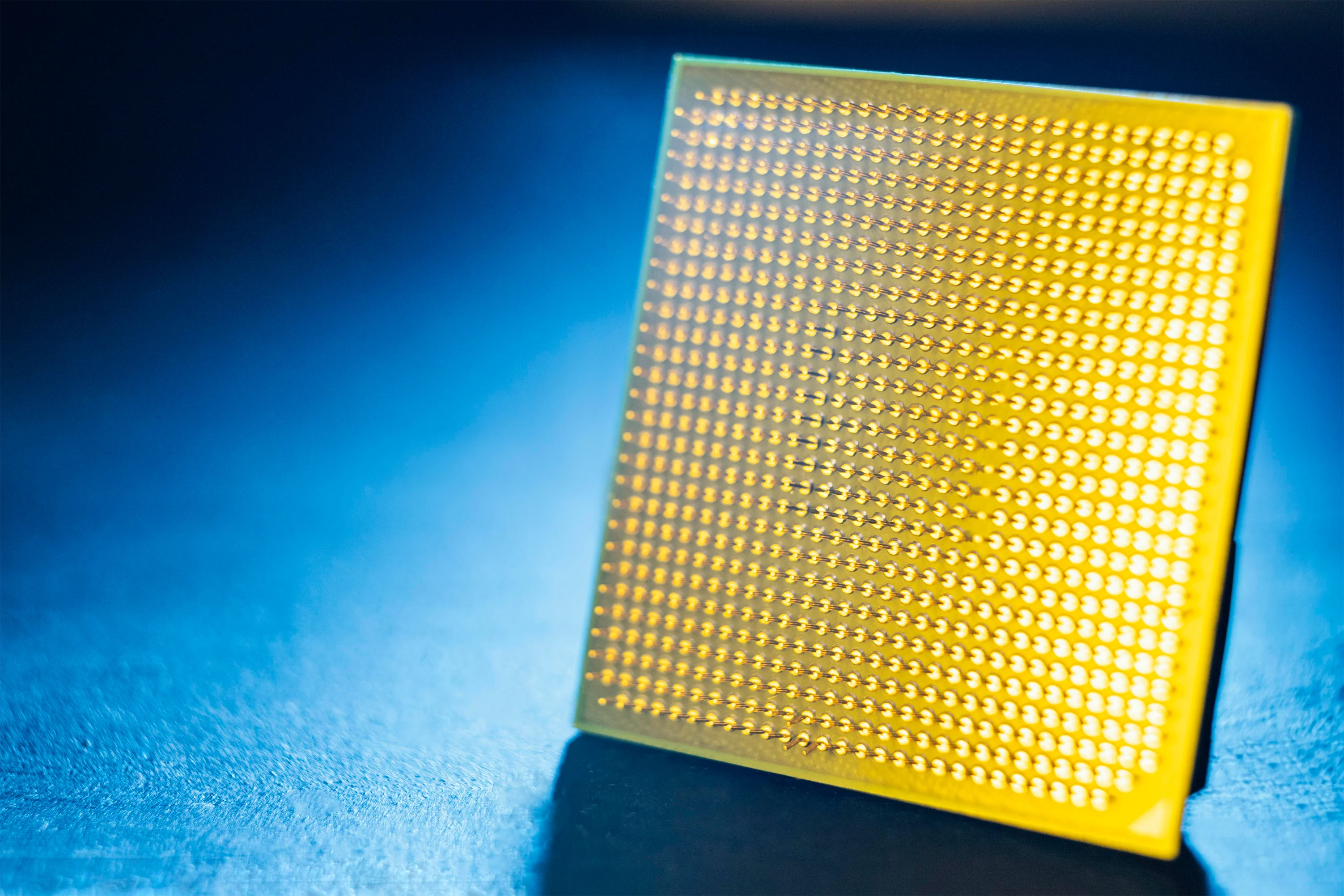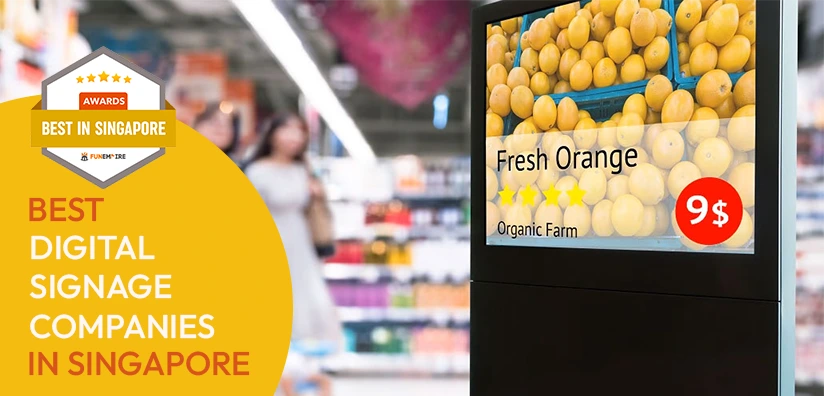Understanding Content Display: Aspect Ratio vs. Resolution

Many clients at Zoom Visual encounter confusion around content display, aspect ratio, and resolution. These terms are indeed interconnected, but it’s important to understand the distinction between them to create optimal digital signage experiences.
The Three Key Players
Content:
This refers to the visual information itself, like images or videos. A common mistake is neglecting to pre-determine the specific dimensions the content will occupy on the display.
Aspect ratio
This describes the width-to-height proportion of a digital display’s frame. Common aspect ratios include 16:9 (widescreen) and 4:3. Think of it like describing a rectangle’s shape – twice as wide as tall would be 2:1. The aspect ratio impacts the visual frame’s shape and how content is distributed within it.
Resolution
This refers to the number of pixels that make up an image or video, typically written as width x height. Common resolutions include Full HD (1920×1080) and 4K (3840×2160). Resolution affects the level of detail and clarity in the content. More pixels generally lead to sharper, more detailed images.
Clearing Up Common Misconceptions
Aspect Ratio Does Not Equal Image Quality:
It’s about the width-to-height relationship, not how crisp the image is. Resolution is the key player for image quality.
Aspect Ratio Isn’t Screen Size:
A large LED screen and a small one can both have a 16:9 aspect ratio. It’s all about the proportional shape.
High Resolution Isn’t Always a Magic Bullet:
While great for intricate details, low-quality content won’t magically improve with a higher resolution.
Resolution Isn’t the Only Display Factor:
Color accuracy, contrast, and screen size also play a role in how content appears.
The Impact on Your Content
Aspect Ratio:
Since it dictates the frame’s shape and size, it affects how your content is displayed. Widescreen ratios (16:9) are ideal for panoramic scenes, while square ratios (4:3) work well for social media profiles.
Resolution:
Resolution directly impacts the quality and detail of the content. High resolution allows for sharper visuals, but the content itself matters too. Low-quality source material won’t be saved by a higher resolution.
Real Examples from Zoom Visual Clients
The Case of the Shrinking Social Media Pics:
A client using a mobile kiosk with a 16:9 aspect ratio and Full HD resolution wanted to display square social media profile pictures. Since the images were centered, they appeared small within the widescreen frame. Choosing a layout optimized for the content’s aspect ratio would have ensured a better fit.
The Underutilized Video Wall:
Another client opted for a 4K resolution video wall with a 16:9 aspect ratio, perfect for movies and events. However, video conferencing with a weaker internet connection resulted in a 480p feed. In this case, the 4K capabilities weren’t fully utilized because of the source content’s limitations.
By understanding the interplay between content, aspect ratio, and resolution, you can create a more impactful digital signage experience. Still have questions? Contact us for more information!
Tags:
Error: Contact form not found.
We’d love to hear from you!
Whether you have a question about our services, pricing, or anything else, our team is ready to answer all your questions!



